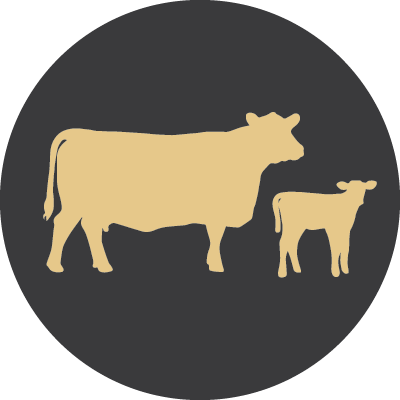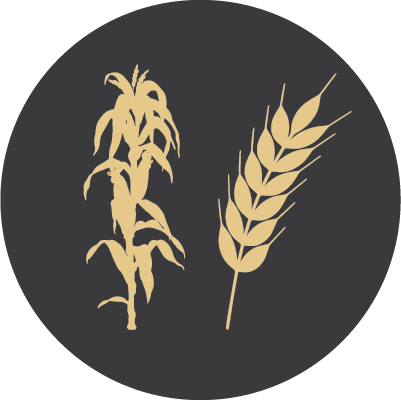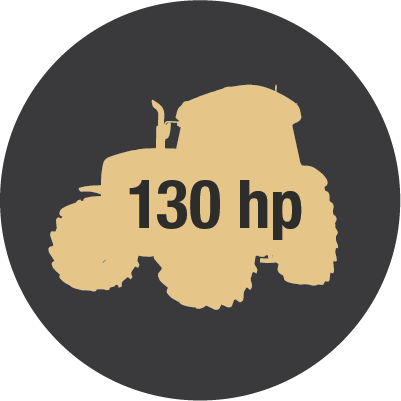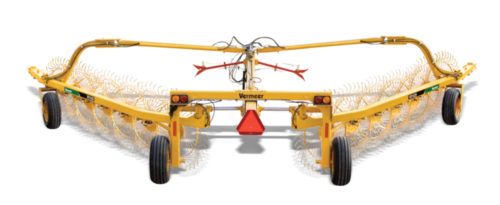
What’s the Best Hay Rake for Your Operation?
February 2022
A hay rake’s a hay rake, right? Wrong. There are many types of hay rakes available, each with unique features and functions to match a range of environmental and crop conditions. So which one is right for your operation?
Just because they’re not the most high-tech equipment in the lineup doesn’t mean they’re not essential to producing high-quality forage. In fact, even the best baler in the world won’t be able to do its job without being paired with the right rake, according to Vermeer territory sales manager for Nebraska and central and southern Wyoming, Dylan Tiemeyer.
“It’s a common misconception with some producers that the baler makes the bale — that you can have the cheapest and oldest rake you can get at any auction. A lot of people don’t understand that your bale appearance starts with the rake,” he said. “But if you’re not producing a good, square windrow with your rake, you’re not setting up your baler for success.”
Sizes of hay rakes to consider for your operation
Though budget is the main factor in many hay rake-buying decisions, it’s important to consider a few key variables to ensure you’re buying and operating the right equipment. Tiemeyer recommends thinking about overall rake size and the following as you start to consider if the twin (bar/basket) rake, carted wheel rake, high-capacity wheel rake or rotary rake is right for your operation:
- Operation size/acreage
- Forage crop/types
- Field sizes, shapes and conditions
- Tractor and hay tool needs
- Budget
Types of hay rakes to consider for your operation
Start by matching the above four considerations to the strengths of the four following rake types. Each has features that make them more qualified for one type of operation vs. others.
The Vermeer R2300 and R2800 twin rakes are sometimes referred to as power or hydraulic rakes. They are hydraulically driven and perform well in creating consistent box-shaped windrows, even in heavy, wet forage crops. They also minimize ash content in hay, an important feed performance trait. These low maintenance rakes are known for holding their resale value in the used equipment market.
Often the lowest-cost option for hay producers, Vermeer VR820, VR1022, VR1224, wheel rakes are typically bestsellers because of their popularity among a variety of hay producers. A carted wheel rake is a good balance of capacity, strength and durability. The ground-powered VR1224 can produce an array of windrow widths, can be adjusted for single- or double-sided raking and has features like a center splitter attachment that helps speed up windrow dry-down time when it’s a high priority.
The Vermeer VR1428 and VR2040 high-capacity wheel rakes are capable of raking wide areas in a single pass. wheel rakes. Hydraulic down pressure on the rake wheels and a flexible frame make these rakes strong performers in large fields, even cornstalks, and occasional rough ground conditions. The hydraulic rake wheel suspension system makes the rake convenient to operate and follow contour nicely.
Similar to twin basket rakes, rotary rakes are mechanically powered and can handle a variety of forage types. The Vermeer RR140 rotary rake is lightweight and fast, which makes it a good fit on smaller operations with a lot of varied terrain, like in mountainous or hilly regions. The RR140 is also relatively narrow, with a raking width of 13.75 feet (4.2 m) and has low horsepower requirements (40 horsepower [30 kW]).
When should you add a center splitter?
There are also other specific features of different rakes — such as an optional center splitter — to consider when finding the right rake for your operation. Most Vermeer rakes have an optional center splitter that allows producers to rake an entire swath — including the center — by gently lifting and turning the crop. This feature works to improve moisture control and yield a consistent windrow.
Three hypothetical operations to help narrow down your choices
With those rake characteristics in mind and the scenarios below, you can begin to identify the right rake for your operation.
 Producer No. 1
Producer No. 1
 |
 |
 |
 |
 |
|---|---|---|---|---|
| 200-head cow-calf operation, 80 acres (32 ha) | Dry, light soils to raise corn and wheat | Cuttings with adequate rainfall | 12-year-old 130-horsepower (97-kW) tractor | Tight budget |
A carted wheel rake like the Vermeer VR1022 or VR1224 would be good options for Producer No. 1. “A producer can cover a lot of ground fairly quickly with a carted wheel rake,” Tiemeyer said.
 Producer No. 2
Producer No. 2
 |
 |
 |
 |
 |
|---|---|---|---|---|
| 1,200 row crop acres (486 ha) alongside a small feedlot on multi-generation farm | Bales both dry and wet hay as well as heavier forage crops | Sells dry hay bales that aren’t fed to their own feeder cattle | 130-horsepower (97 kW) tractor | Trades equipment |
A hydraulic twin basket rake like the Vermeer R2300 or R2800 would be a good option for Producer No. 2. “A R2300 and R2800 both make nice, square or rectangle-shaped windrows. With low horsepower and hydraulic requirements (8 gpm [3.8 l/min]), these rakes can work behind a wide range of tractors, which make them a good fit for many operations,” Tiemeyer said. “If you don’t have a large variety of crops you’re raking, and if it’s mainly grasses and alfalfa, a hydraulic rake is what you need. There’s no comparison to the windrow it produces compared to others on the market.”
 Producer No. 3
Producer No. 3
| 1,100 acres (445 ha) of mixed grass and alfalfa | Works alone, does not pay for outside labor | Requires fast dry down to make and sell hay | 110-horsepower (82-kW) tractor | Cost isn’t a huge concern |
The Vermeer VR2040 is the best option for Producer No. 3 based on his horsepower, forage crops produced and terrain. It’s also one of the fastest-operating and toughest (with hydraulic suspension and a flexible frame) hay rakes, making it ideal based on the priorities of time and productivity as the sole operator on his operation. “The operator can get by with about 5 gallons per minute (19 L/min) of hydraulic pressure and around 60 horsepower (48 kW),” Tiemeyer said. “It has a 40-foot (12-m) raking width and can handle a range of moisture levels in alfalfa and grass hay.”
These are just a few hypothetical situations, and there are other variables to consider in finding the right hay rake for your operation. With these ideas in mind, talk to your Vermeer dealer to explore your rake options and zero in on the perfect tool for the job on your farm. Contact your dealer to start the conversation.



